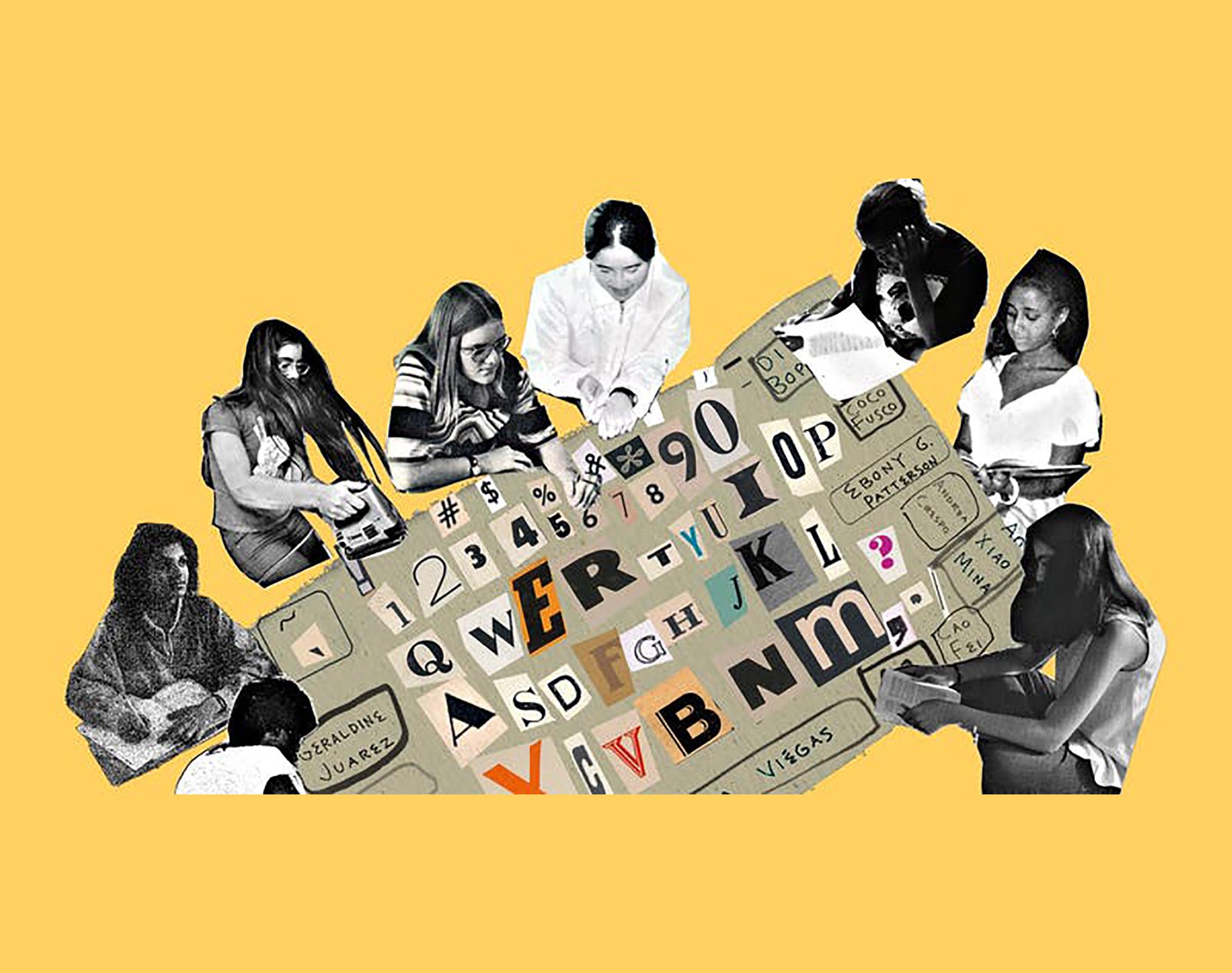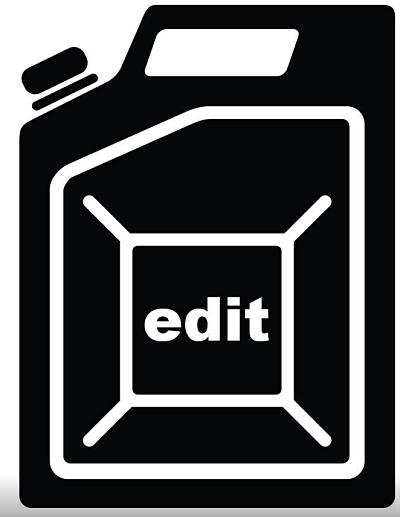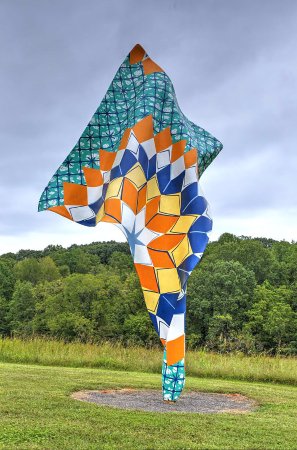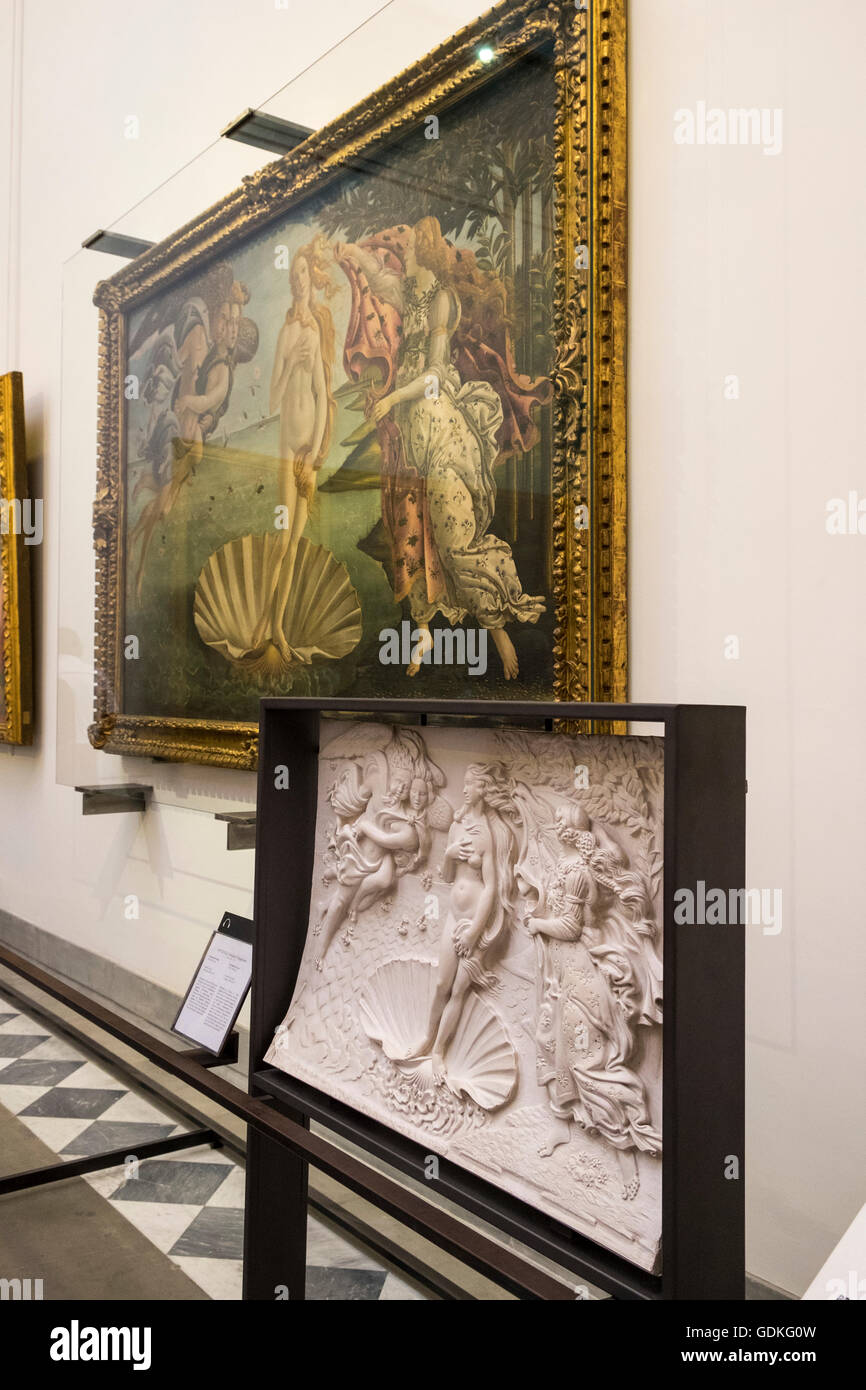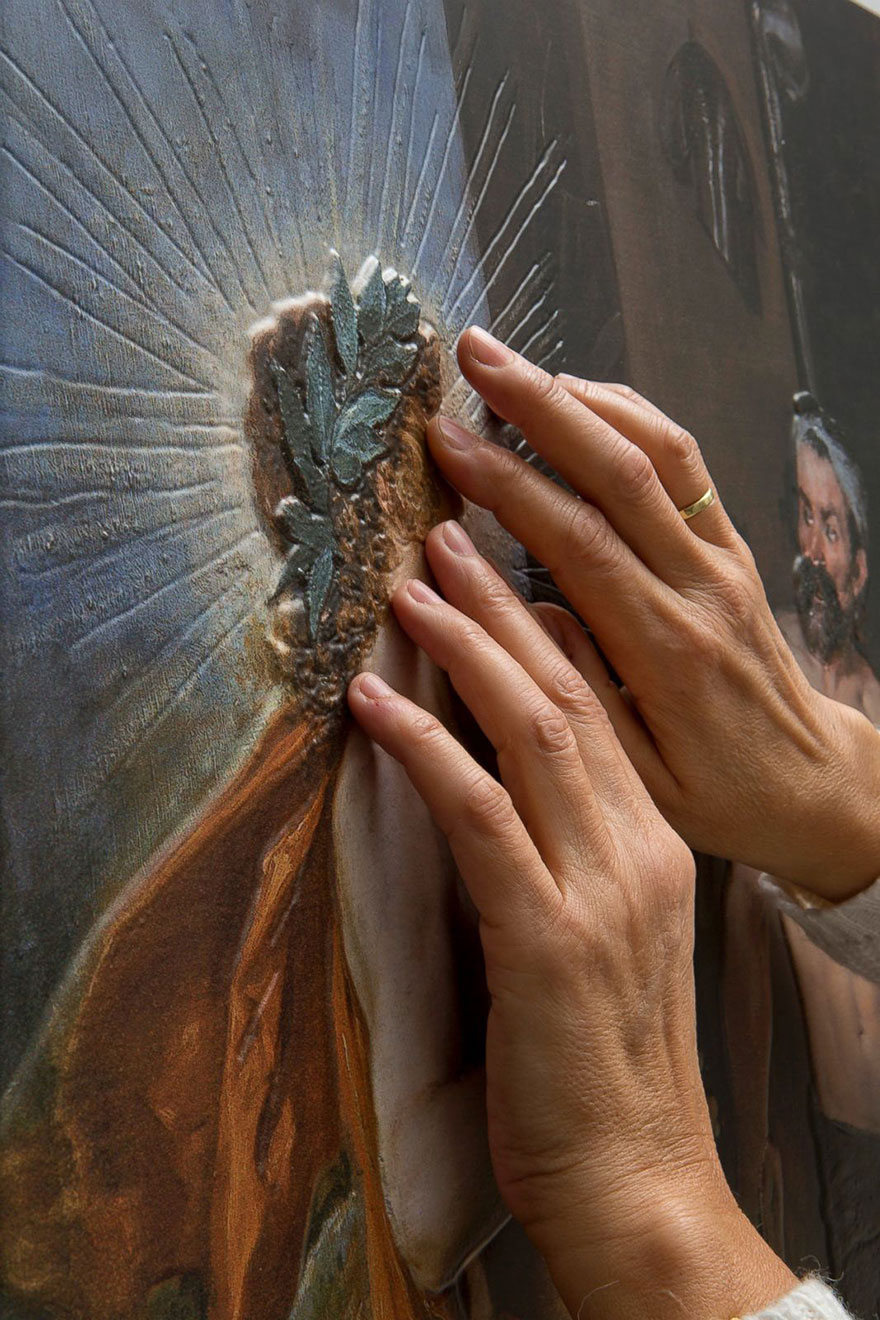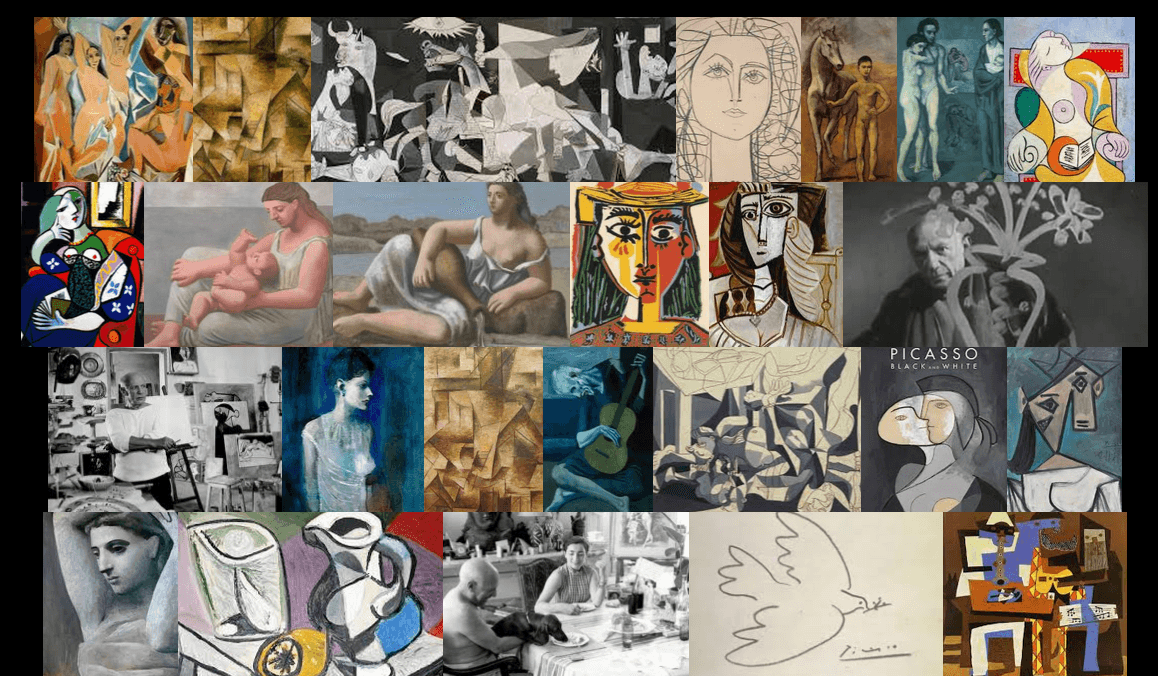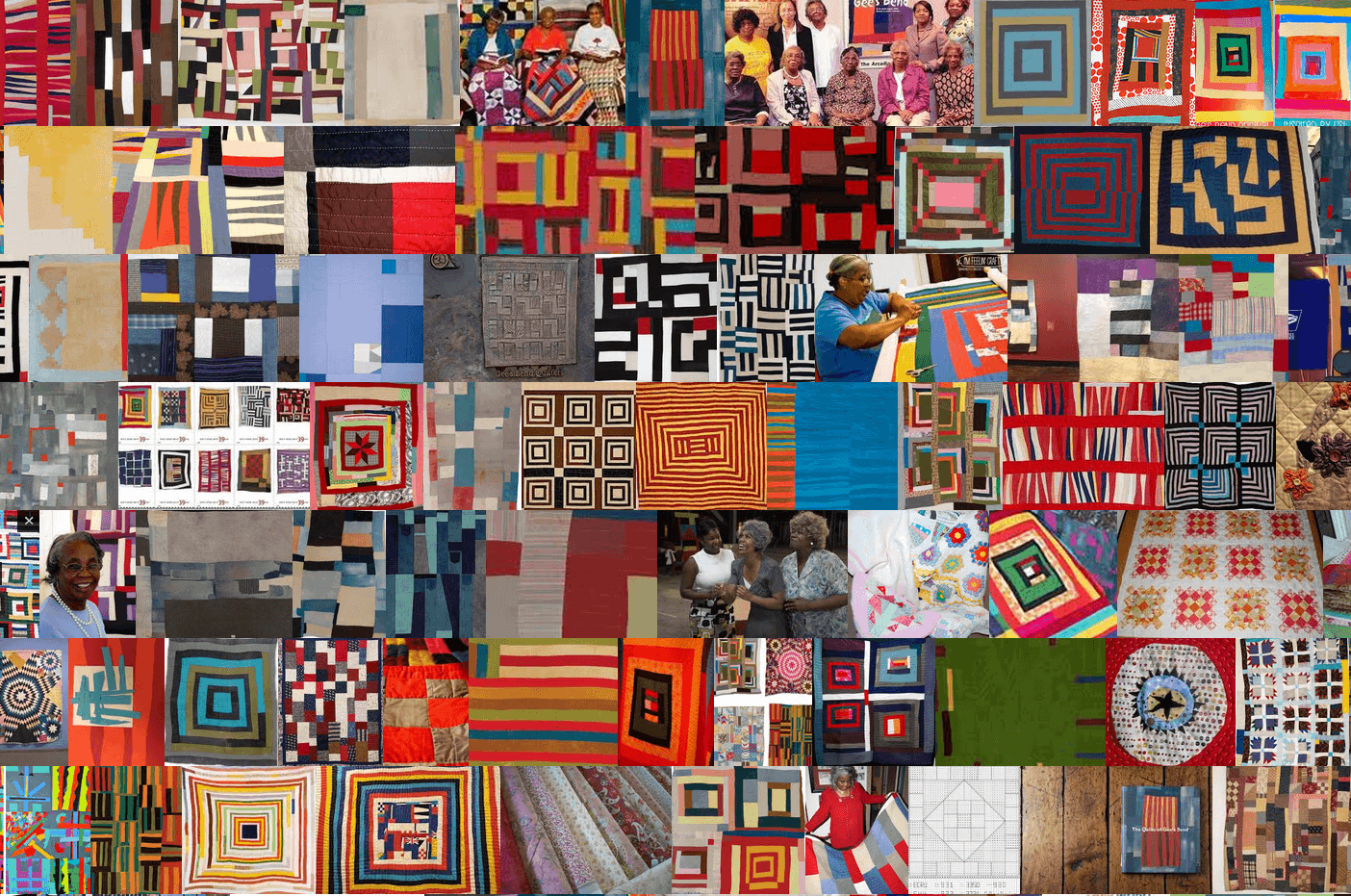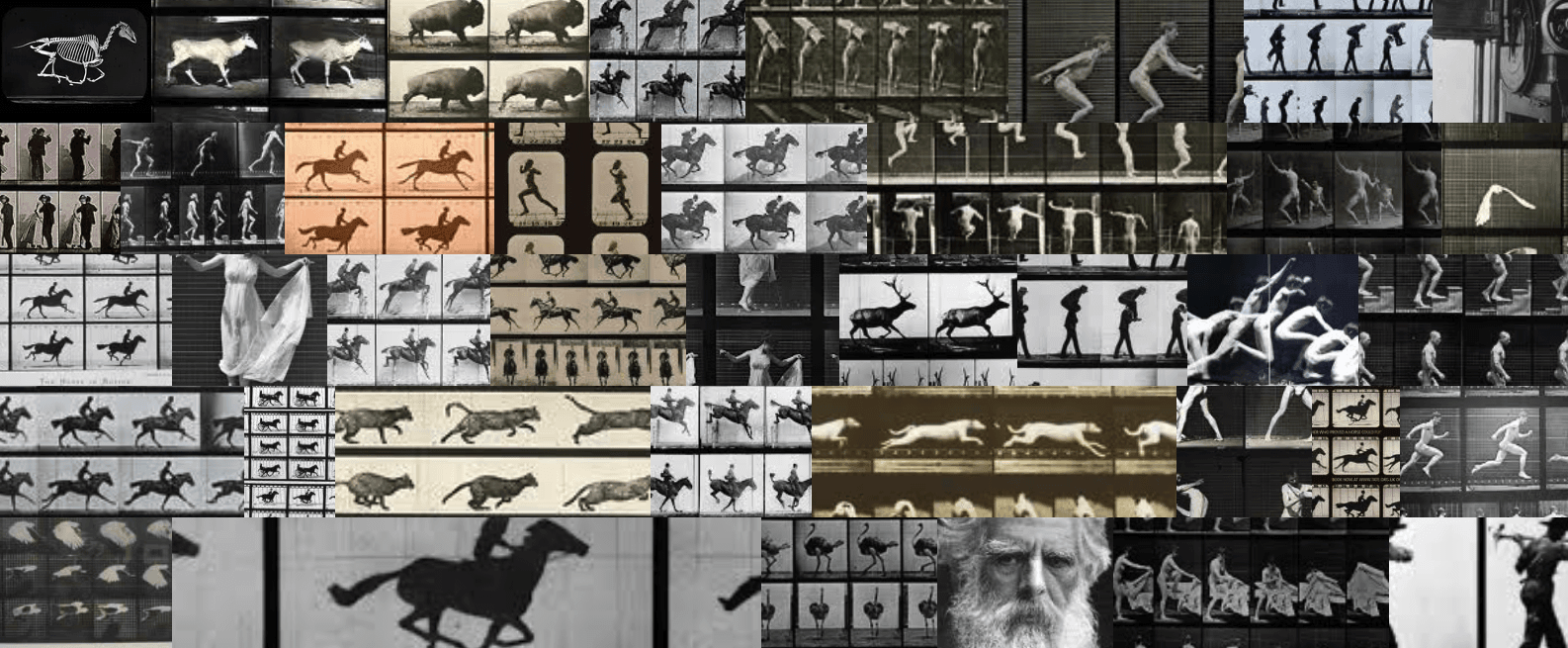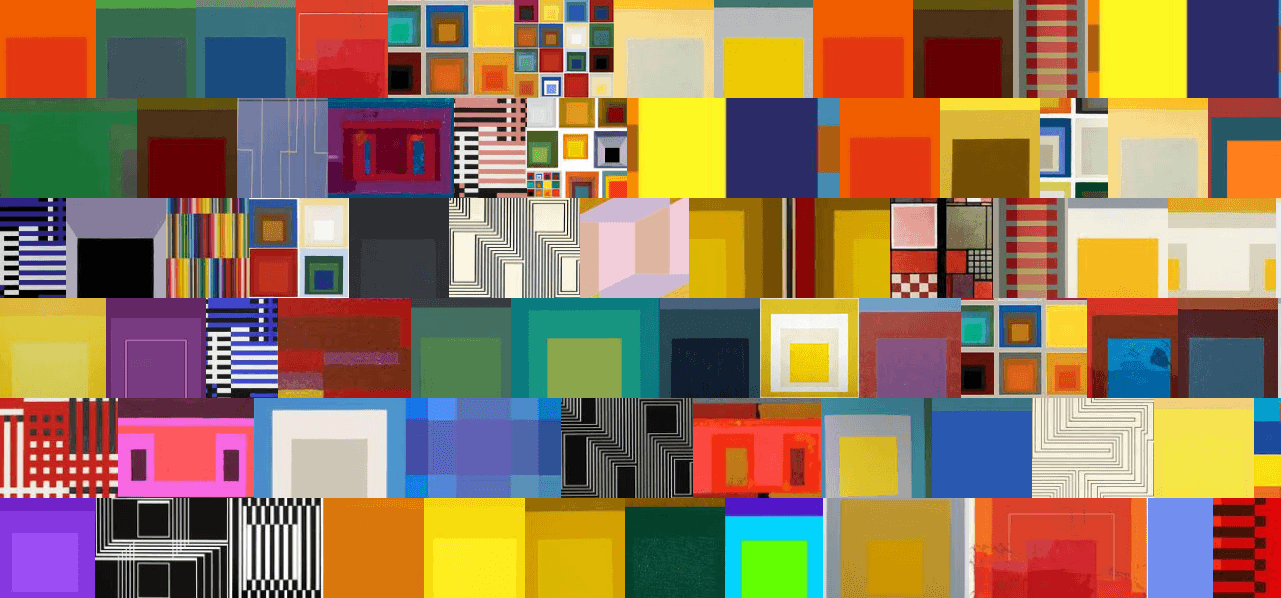As we have moved towards the end of the semester, it is only fitting that I write my final blog post on the topic that got me interested in digital art history: scholarly communication. I became initially interested in this topic in my art librarianship course in which I researched new modes of digital publishing in the world of art history. From there, my master’s paper was born. The topic scholarly communication, or even of art history digital publishing, is much too large and complicated to discuss in one single blog post, but I thought I would use this opportunity to talk a little bit about art history and digital publishing and introduce some extremely interesting and innovative new publishing endeavors.
For the past few years, scholarly communication within the field of library science has become increasingly popular and, as such, it has filtered into many introductory level library science courses. When we talk about collection development and learn about resource selection, it is impossible to ignore the world of scholarly communication. More and more universities are hiring scholarly communications librarians and are shifting the qualifications needed for this type of job. In past decades, scholarly communications librarians were librarians who (in almost all cases) also had a law degree so that they were able to discuss copyright issues. These responsibilities have increased drastically as the crisis in scholarly publications has expanded; the world of art history has not been spared from this crisis.
As the aim of every (non alt-ac) academic is to achieve a tenure track position, they are extremely likely to follow the exact specifications of the promotion and tenure guidelines. And, as we have talked about throughout the semester, these guidelines have not adapted to the new world of digital humanities nor the idea of digital publications. Even today, the printed monograph is the gold standard for junior academics, which thwarts the possibility of people early in their careers to pursue new digital projects. As such, not as much interest (or funding) has been dedicated to new publishing opportunities within the academy (outside of born digital journals). But, this doesn’t mean that there hasn’t been new publication endeavors…
Beyond the Academy
One of the reasons that scholarly communication for art history is so intriguing (at least, to me) is the fact that there is a whole sector beyond the academy that produces and contributes to the discussion of scholarly publishing. Who are they? Museums and other cultural heritage institutions! Outside of the academy, there has been a shift in focus towards art history digital publishing with funding coming from foundations like the Mellon and the Getty, each of which have their own programs focuses specifically on scholarly communication.
As such, I thought it would be beneficial to explore some examples of art history digital publishing, starting with one funded by the Getty.
OSCI-report
Getty’s OSCI (Online Scholarly Catalogue Initiative) was a program that funded eight separate museums to create and publish an online catalogue related to one of their exhibitions. The only requirement was that the catalogues had to be free and accessible to the public. Additionally, museums that were not funded by the Getty were still able to use the technology as the toolkit (the technology and support needed for the publication) was created open access so that any museum could utilize it.
The Canadian Online Art Book Project is another example of an innovative digital publishing program. While not related to exhibitions or museums, the initiative is meant to shed light on Canadian artists that are often overlooked in the canon of art history. Their mission statement is as such:
Founded in 2013, the Canadian Online Art Book Project is a growing digital library of books–all original works commissioned by the Art Canada Institute–by the country’s leading art experts on artists who have made a critical contribution to the evolution of the nation’s art history. Each year the ACI releases six new titles in this program.
The publications, while meant to be read online, can also be downloaded as a PDF and are available in both English and French. Below is the PDF for artist Pitseolak Ashoona and you can also read the digital publication here.
Art-Canada-Institute_Pitseolak-Ashoona
I wanted to conclude by blog post with a genre that is seemingly made for the digital platform: catalogues raisonné. Unique to the field of art history, a catalogue raisonné is the complete oeuvre of one artist. As you can imagine, this means that most catalogues raisonné are humongous, expensive, and, by the time they are published, are already outdated. As such, the digital medium is ideal for these catalogues. It easy easy to adapt or change any new scholarship and it is not as expensive as printing these publications. There are a variety of different platforms publishing catalogues raisonnés, some of which are highlighted below:
- Artifex Press (a catalogue raisonné platform, have multiple different catalogues): https://www.artifexpress.com/
- Egon Schiele: http://egonschieleonline.org/
- Paul Cezanne: https://www.cezannecatalogue.com/
- Salvador Dali: https://www.salvador-dali.org/en/artwork/catalogue-raisonne/
- Peter Cain: http://www.petercain.org/


